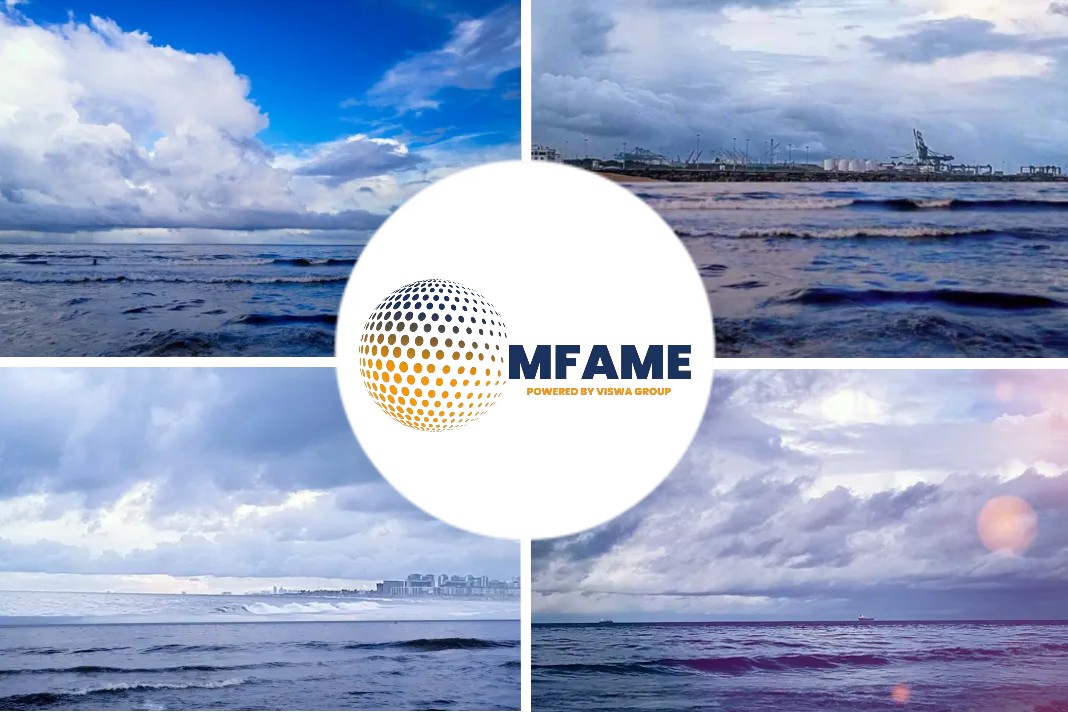This week, we saw 11-year highs in one economic indicator: the Baltic Dry Index. It’s a sea freight index, reports Market Place.
Why is it so high, and what do higher international freight costs mean for Americans?
According to Paul Bingham, transportation economist with IHS Markit, the index shows how much it costs to transport dry freight on giant ships. Say, iron ore from Australia to China.
“You rent the ship, if you will, and then you negotiate a price for that ship. And that price gets reported to this Baltic exchange in London,” Bingham said.
The folks in London compile costs for the tens of thousands of freight trips across thousands of sea routes, then spit out the composite index. Right now, it’s high.
Delta variant drives port congestion
The delta variant of the coronavirus has much to do with that, said Peter Sand, an analyst at the shipping association BIMCO.
“It’s driven most recently up by what we call congestion around China — in particular, the COVID-19-related lockdowns,” he said.
Ships are lingering in long lines around Chinese ports because there are too few port workers to move them in and out. That means less shipping traffic overall and higher costs to get materials where they need to go.
The Baltic Dry Index specifically tracks cargo commodities, Sand said. “It’s iron ore for steel production, it’s coal, grains, bauxite, scrap steel, nickel ore — you name it, we got it,” he said.
Higher shipping costs
U.S. industries that rely on things like steel have to pay those higher shipping costs, according to Anirban Basu, chief economist for Associated Builders and Contractors.
“It has really significantly driven up the cost of delivering construction services,” Basu said.
How long will higher shipping costs stick around? That depends, like so much else right now, on the delta variant.
Did you subscribe to our daily newsletter?
It’s Free! Click here to Subscribe!
Source: Market Place

















